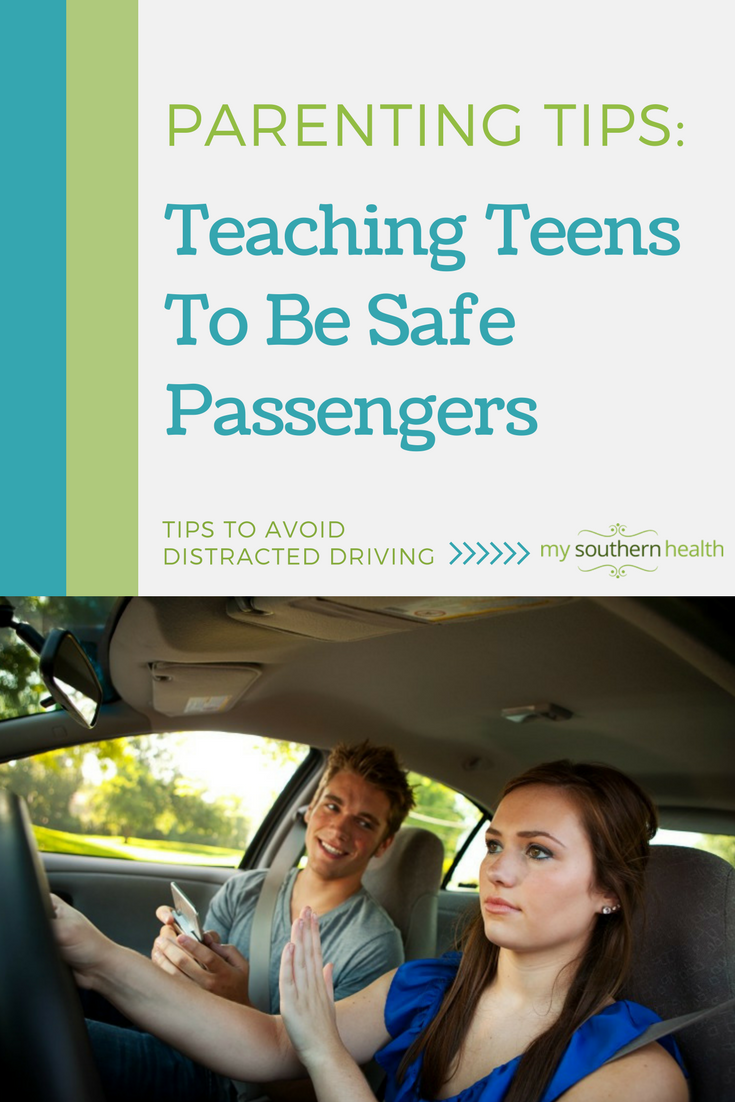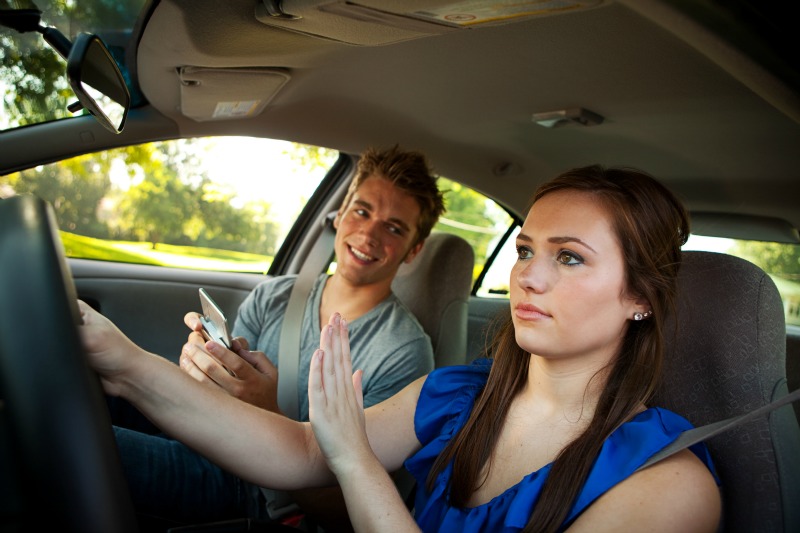The risk of a deadly crash increases dramatically when a teen passenger rides along with a teen driver.
As one of three siblings, I had my fair share of knock-down, drag-out fights with my brother and sister on the way to and from school. My sister would be running late, my brother would forget his lunch; it seems like just an average morning or an afternoon following a full day of school can bring much tension inside of a car. Yet, the distraction we were causing my sister as a new driver could have had deadly implications.
Have you ever considered discussing with your teen on the importance of being a safe passenger? Most parents tend to cover safe driving tips, but frequently do not realize the risk of their teen as a passenger. The risk of a deadly crash increases dramatically when there is a teen passenger in the car with a teen driver; the risk increases with each additional teen passenger. You may be thinking, how could that be?
Friends, or in my case, siblings, can distract teen drivers. A simple distraction can cause a deadly crash that can be prevented by teaching teens to be safe passengers.
Make sure your teen remembers these distracted driving safety tips the next time she catches a ride:
Pay attention to the road, even if you are not driving
Even though the riders don’t have their hands on the wheel and foot on the gas, they have an extra set of eyes and ears that can sense problems. Passengers should do things like look around the car for obstructions or other vehicles (particularly when turning or backing up), get out of the way when the driver needs to see out the side window, and be the navigator when going to a new place.
Don’t add stress
Keeping an eye on the road is not the same thing as being a backseat driver. While it’s important to support safe driving habits and be alert for road issues, passengers who point out everything the driver does wrong or make comments about how their friend is driving simply make the trip more stressful. Suggest to your teen that a safe passenger should show the driver respect by staying calm while riding and not pressuring the driver to go too fast.
Put the electronics away
Passengers using electronics can be a distraction. Passengers should keep their phones away while the car is in motion. This is because being on the phone both takes away the passenger’s awareness and could cause the driver to listen in on the conversation, which prevents him from having his full attention on the road.
Teens are curious to know how they should respond to a friend who is texting while driving. Some are nervous to say anything because they do not want their friend to be upset. Here are some ways to confront the friend:
1. The direct approach. Say, “I’m sorry, but I get really nervous when people text and drive.” Wait to see how the person responds. Most people will admit it’s probably not a good idea or they’ll at least put down the phone.
2. The subtle approach. If you don’t feel comfortable telling a driver to quit texting outright, try hinting: “Would you like me to type for you since you’re driving?” Or, you could say, “I’ve seen a lot of cops out today, you might not want to text right now.” If you know the person your driver is texting, ask the driver to hand over the phone so you can say something. Then send a message that says, “Driving, talk to you later.”
If your driver teases you about being nervous, it’s the perfect opener to say, “Yeah, texting and driving freaks me out. You never know if the person in front or behind is doing it too.”
3. The alternative approach. If someone continues to text and drive or mocks you for worrying about it, avoid riding with that person. Let texting drivers know you’re cutting them off (if you feel comfortable doing so) — a little shame makes people think twice about bad habits. Offer to drive to the destination instead of riding with an unsafe driver.
Get a later start
Consider delaying the time when your teen starts driving other teens around your community, even to school and back. Think of the dangerous responsibility on your shoulders when you authorize your teen to drive with friends in the car. So it may make sense to wait a year or more before allowing your teen driver to have passengers, and even then limiting the frequency and circumstances. It would also be great to review the Graduated Driver’s License Law for your specific state; see the link below for more information.
I am so thankful that we were never in a serious crash from the senseless arguing that would take place daily in the car with my brother and sister. I hope my mistake empowers you to educate your teens on being a safe passenger if and when they are one.
This post was written by Vanderbilt employee Emily Riley, a former injury prevention program coordinator at Monroe Carell Jr. Children’s Hospital who has a background in adolescent health and development.
For more information, please visit:
The Governors Highway Safety Association


